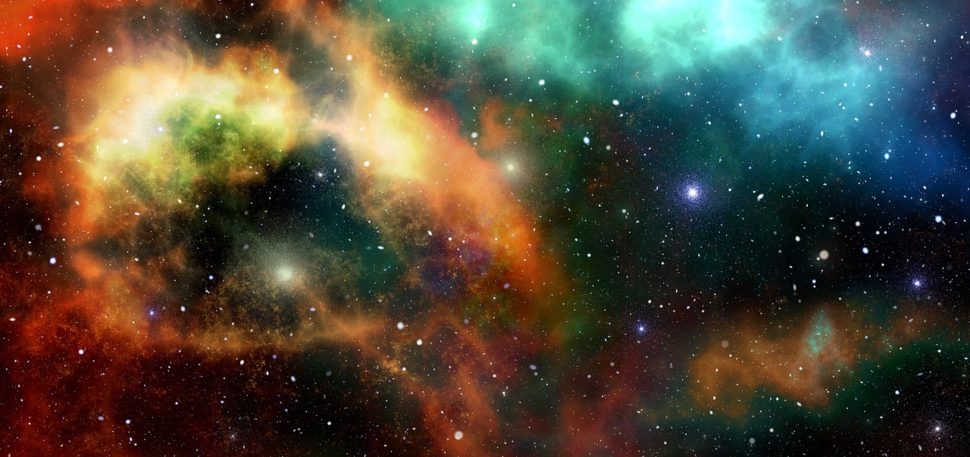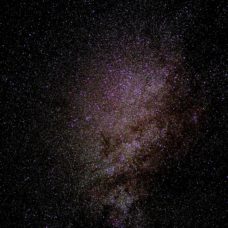Like geography maps used to locate places here on Earth, there are maps that locate celestial objects in the sky.
Because space extends to unfathomable dimensions all around us, most sky maps that take a circle shape focus on specific areas of the cosmos, like constellations. Space geography also changes with the time of the year.
The largest stellar map ever belongs to the Gaia satellite and covers about 1.7 percent of the Milky Way.
The point is that no single map can cover the entire sky and the Observable Universe.
Now, NASA is working on a 2-year space survey mission to scan the full sky multiple times with the aim of studying the origin of the Universe.
SPHEREx: Tracing the History of the Universe
SPHEREx is the convenient short name of a NASA new space survey mission — The Spectro-Photometer for the History of the Universe, Epoch of Reionization and Ices Explorer.
After passing all the stages in the selection process involving several competing projects, NASA gave SPHEREx, a space telescope, the green light.
Now under construction, SPHEREx is set to launch by the end of 2023, with a total cost of over $240 million.
The SPHEREx mission aims to explore the origins of the Universe and how common essential elements of life are in our galaxy.
It has three objectives:
1) Constrain the physics of inflation by measuring its imprints on the three-dimensional large-scale distribution of matter.
2) Trace the history of galactic light production through a deep multi-band measurement of large-scale clustering.
3) Investigate the abundance and composition of water and biogenic ices in the early phases of star and planetary disk formation.
During its 25-month operation, SPHEREx will scan the entire sky four times, once every six months.
Read More: NASA Discovers Method of Creating Water on Moon’s Surface
The telescope will create a 3D map of all infrared light sources across billions of light-years
It will then chart 300 million galaxies, including some as far away as 10 billion light years from us.
According to Thomas Zurbuchen, associate administrator for NASA’s Science Mission Directorate:
“This amazing mission will be a treasure trove of unique data for astronomers,” says Thomas Zurbuchen of NASA’s Science Mission Directorate. “It will deliver an unprecedented galactic map containing ‘fingerprints’ from the first moments in the universe’s history. And we’ll have new clues to one of the greatest mysteries in science: What made the universe expand so quickly less than a nanosecond after the Big Bang?”
SPHEREx proposal was announced as the winner among nine projects submitted to Nasa’s Explorers Programme.
Data gathered by SPHEREx will help astronomers identify targets for coming missions, like the James Webb Space Telescope and the Wide Field Survey Telescope.


















Comments (0)
Most Recent